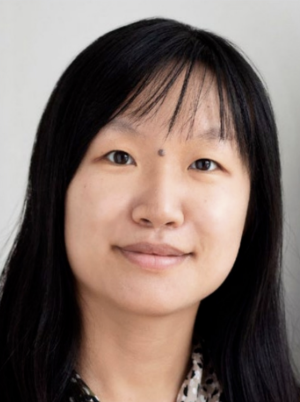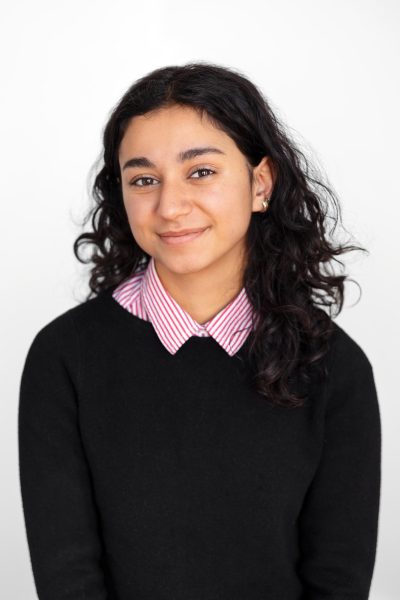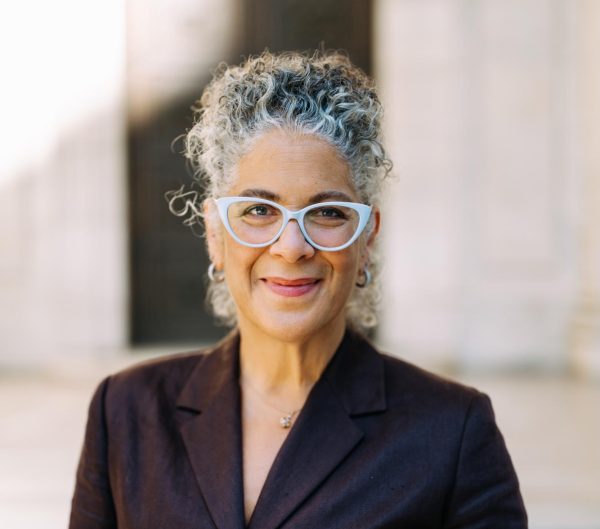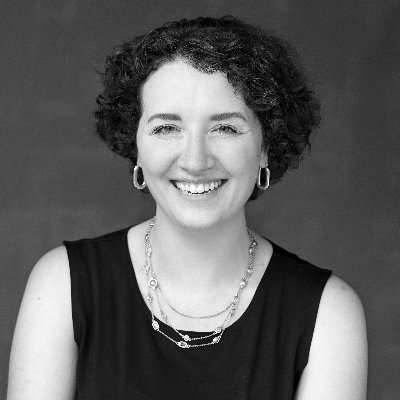Assistant Professor Shuming Chen Receives $55,000 in Grant Funds for Chemistry Research

Photo courtesy of Thieme Chemistry
Shuming Chen
Assistant Professor of Chemistry and Biochemistry Shuming Chen was recently awarded a $55,000 grant from the American Chemical Society for her project “Probing Complex Post-Transition State Bifurcations in Reactions Between Boroles and Unsaturated Hydrocarbons.” Chen is conducting this research in collaboration with College students.
This interview has been edited for length and clarity.
I’d love to hear a little bit more about the project itself, as well as how undergraduate students are involved.
My project is called “Probing Complex Post-Transition State Bifurcations in Reactions Between Boroles and Unsaturated Hydrocarbons.” There’s a lot to unpack there, but basically, these reactions between boroles, which are compounds containing boron, have an interesting structure that makes them particularly unstable and reactive. These boroles react with unsaturated hydrocarbons, which are present in natural petroleum sources. These would be alkenes and alkynes, both of which are major classes of organic compounds that are important to the petroleum industry and all of the industries related to it. These reactions, then, have the potential to generate novel materials for many uses, such as optical electronics and ion sensing.
However, these reactions are also pretty unpredictable because they have the potential to generate many, many different products — and people haven’t been able to get a really good handle on them. They cannot really predict what these reactions would generate. Even just a small difference in the structure of the starting materials often results in a dramatic difference in the structures of the products. That makes them very difficult to control, to predict, to engineer — which, in turn, makes it difficult to employ these reactions in a more targeted way, in a more efficient way, to get what we want out of them. My research looks into why exactly this difficulty exists.
With my group I’m working with — Oberlin undergraduate students — I found that one very important reason that these reactions are difficult to predict and to control is that they’re capable of generating multiple different products from the same high-energy structure called a “transition state.” This makes them unique, because most chemical reactions generate just one product from one transition state, which makes them a little bit more predictable. But these reactions can generate so many different ones from the same transition state, and that requires using a different kind of thinking to predict what we’re gonna get. It exceeds the current understanding of chemical reactions. So, I’m venturing to use a combination of different tools — both experimental and computational.
Could you tell me a little bit about the process of applying for the grant that you received from the American Chemical Society?
So the process is pretty much the same as every other grant. There is a solicitation for these grants and you write a proposal of the projects that you are hoping to fund with this money. So, yeah, I prepared a roughly 10-page proposal and submitted it before the deadline.
Are there any dangers in doing this research?
We do use chemicals that are super reactive. For example, they cannot be exposed to water — or to air, really. So we conduct our chemistry inside what’s called a “glove box,” where you can maintain an ideal atmosphere there to easily combat chemistry that is sensitive to water and to oxygen. There will inherently be very active chemicals involved in this process, but we also take safety super seriously here. And I will be present to supervise anybody who’s using reactive chemicals. That was actually a necessary component in my proposal as well.
What drew you to Oberlin as a community?
It’s the culture of research here. It’s very strong, very vibrant, and the participation rates are also very high. We do have state-of-the-art research facilities, which is very attractive for a faculty member, of course. But Oberlin students are very research-minded. They really want to get involved and they want to find out what research holds in store for them. It just feels really good to be able to mentor the students’ research techniques and have them walk away having learned something new.
Where is the research being conducted?
My lab is right here on the third floor of the Science Center. At Oberlin we are very well-equipped, in terms of doing computational research, because we have a supercomputer cluster, located in the basement of Mudd Center — which is unusual for a liberal arts college. And that’s something that I’ve felt very privileged to be able to have.
Are you the only one working on this project?
A few undergraduates have already worked on this project. And I actually currently have an honor student in the Chemistry department working on this project as well. And I hope to be able to support more undergraduates’ work in this area with the ACS fund.
How do you find a balance in your schedule between serving as a professor and working on research?
Every one of the professors at Oberlin are asking themselves the same question. I think Oberlin helps by setting aside periods of time in the year where professors can work intensively with students on research. We have Winter Term, which is an excellent time to get a project off the ground because you work so intensively with students over that time. We also have a very intensive and even longer summer research period. I would also note that Oberlin students doing research during the academic year are very dedicated — and that is super unusual. Students use what they learn during Winter Term and during the summer to build up that research.









